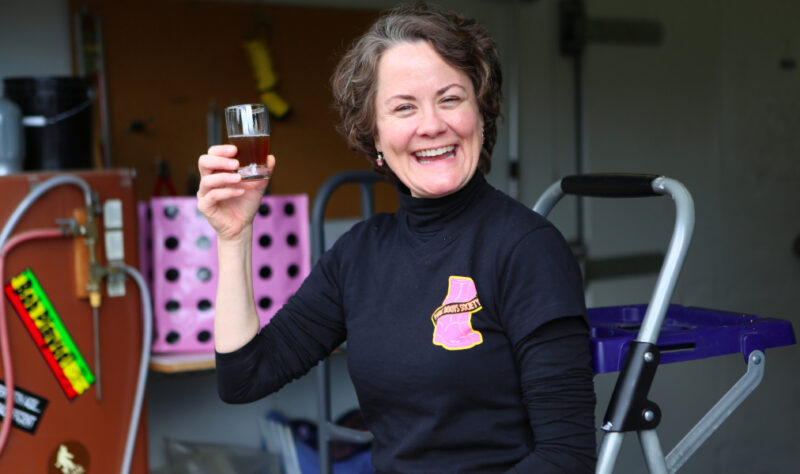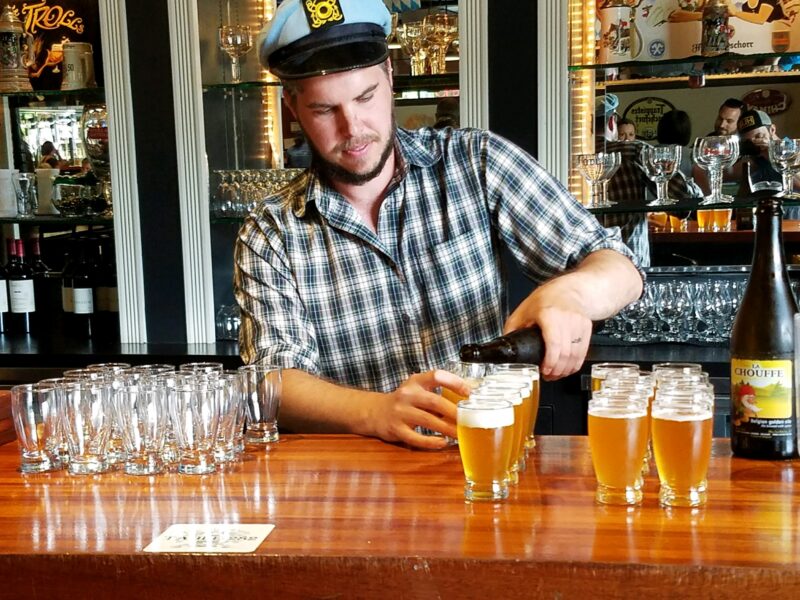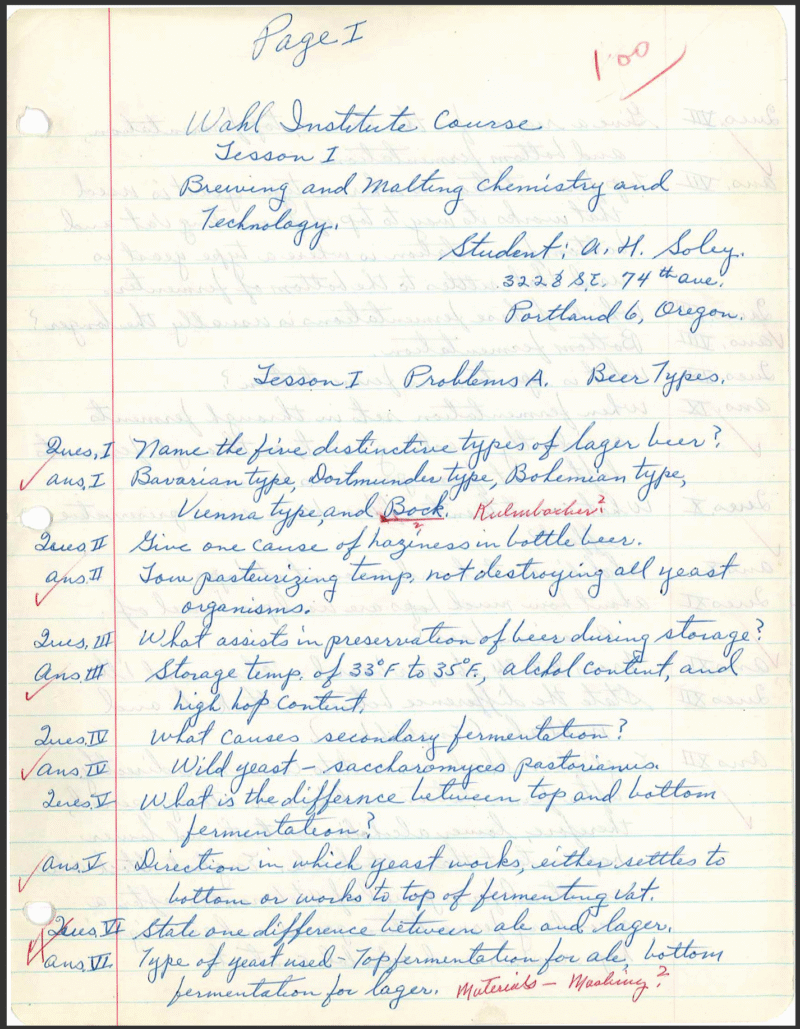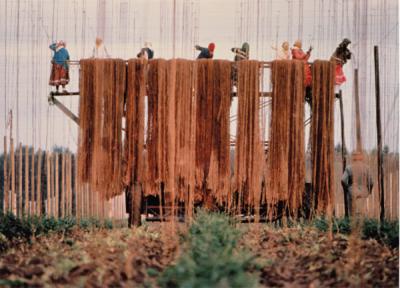“No woman in the alcohol industry has ever been ahead of her time. It started thousands of years ago.”
I’ve been spending down some professional development money from teaching by buying a bunch of books to support beer research. I decided it was time I read some of them.

The phrase that kept running through my head as I read Mallory O’Meara’s Girly Drinks is that it is a romp through history. I tend to know a fair bit about women and brewing, but I learned so much about ways women have been involved in alcohol production around the world. She anchors chapters with familiar names (Ninkasi, Catherine the Great), but delves into maker and drinker cultures in places like Japan, South Africa, and Mexico, but also writes about bartenders in London and enslaved brewers in America.
As was the case with the medieval women Judith Bennett wrote about, O’Meara offers plenty of examples of other women turning to alcohol production to help their families in times of economic hardship. Russian women in WWI turned to distillation after the local textile trade was decimated when cloth exports were suspended. The ban on home brewing in South Africa in the 1920s meant women couldn’t earn an income and that men spent money in beer halls; this led to years of protests, both by women who wanted to brew and women who wanted to drink. Thabangi women in Nepal used theit earnings from making raksi to pay children’s school fees and for clothes; but industrialization in the 1970s wanted to move production to factories (and away from women) and ban home brewing.
Unsurprisingly for someone writing a feminist version of women and alcohol, O’Meara pulls plenty of punches at the male dominated power structures throughout the world that controlled women’s access to the business of making and drinking alcohol. She grounds the history in women’s stories rather than centering men as the main actors, showing how women related to each other. In chapter 9, I learned about Mabel Willebrandt (U.S. assistant attorney general and Big Time Prohibition enforcer), Cleo Lythgoe and Marie Waite (champion liquor smugglers), and Texas Guinan and A’Leila Walker (who ran oft raided speakeasies). Chapter 12 follows Marsha B. Johnson at the Stonewall Inn with Bessie Williamson running a distillery in Scotland.
A common issue around the world was getting liquor licenses — laws were used to control who could make and sell — so women made alcohol underground and illegally. Their factory was their kitchen and many made and drank in secret.
I’ve submitted a book about women who inherited breweries in Oregon, so I was also delighted to learn that women in many places, eras, and facets of the industry inherited businesses. Widows had the social privileges of a married woman with the financial freedoms normally afforded to a man. But women were also present in surprising places. One that stood out to me is that Thomas Jefferson’s wife, and then daughter, were so involved in the brewery at Monticello.
“Thomas Jefferson had a well-regarded brewery on his estate at Monticello, but it was his wife Martha who was in charge of it. She was a beer enthusiast. Before it was even up and running, Martha was involved in the planning and architecture of the building. Eventually, her daughter (also named Martha) took over and became an accomplished brewster.”
In recent years more has been written about Peter Hemings, Monticello’s head brewer, and his skill and education. Adding in the Marthas means the most famous American president brewer maybe wasn’t stirring the kettle and running the brewery as much as has been reported…
- See also Lee Graves on Black history and brewing.
This book is not just about businesses. O’Meara writes about the complicated history of women drinking. Ale houses in England and Europe were spaces where ale was served in houses, and unsurprisingly that was work women could do because business was in their homes. Taverns were purpose-built public buildings — and they were men’s spaces. As a result, female drinking culture moved into private spaces in the home, most often the kitchen.
And, of course, there is plenty about Prohibition. She shows how restrictions on drinking were linked to restrictions on rights, most often centering on the conflict over family and femininity. Over and over O’Meara gives examples of restrictions based on the belief that drunkenness (or consumption at all) would disrupt women’s domestic responsibilities (they were wives and mothers, after all). And if their drinking went too far, women were not welcomed in alcohol recovery centers.
The book ends with craft cocktails in New York, Apiwe Nxusani-Mawela founding her brewery in South Africa, and Sister Doris Engelhard brewing in Germany, but also Skinnygirl cocktails and wine moms.
Anyone who knows about history knows that there are gains and setbacks in progress, but O’Meara concludes with thoughts of resilience and incremental progress. And her book was a delight to read.




